Nest Thermostat (2024) Review: Still a Smart Choice? Pros, Cons, & Alternatives
Nest Thermostat Review: A Smart Choice for Your Home in 2024?
Nest thermostats have been a popular choice for smart home enthusiasts for years, but with new features and competitors emerging, is it still the best option in 2024? This review dives deep into the different Nest thermostats available, their functionalities, pros, cons, and how they compare to similar products on the market.
Understanding the Nest Thermostat Lineup
Before diving into the specifics, it's important to understand that Nest offers several thermostat options, each with varying features and price points. Here's a quick rundown:
- Nest Thermostat (3rd Generation): The flagship model, offering self-learning, remote control, and a sleek design.
- Nest Thermostat (2nd Generation): A more affordable option with similar core functionalities as the 3rd generation but lacking some advanced features.
- Nest Learning Thermostat: An older model phased out by Google, but still available through some retailers. Offers similar features to the Nest Thermostat (3rd Generation).
- Nest Thermostat E: The most budget-friendly option, featuring a simple design and basic smart features.
Nest Thermostat (3rd Generation): In-Depth Look
As the most feature-rich option, we'll focus on the Nest Thermostat (3rd Generation) for the majority of this review. Here's a breakdown of its key aspects:
- Design: The Nest Thermostat boasts a sleek, modern design with a circular body and a mirrored display. It complements various home aesthetics and is relatively easy to install.
- Smart Learning: This is a core feature of Nest thermostats. The device learns your temperature preferences over time and creates a personalized schedule to optimize comfort and energy efficiency.
- Remote Control: Control your home's temperature from anywhere using the Google Home app. This allows for adjustments on the go or setting a comfortable temperature before you arrive home.
- Scheduling: Set specific temperature preferences for different times of the day or days of the week.
- Home/Away Assist: This feature uses location services to automatically adjust the temperature based on whether you're home or away, preventing unnecessary heating or cooling.
- Quick Actions: Adjust the temperature quickly with a simple tap or turn of the dial on the thermostat itself.
- Works with Smart Speakers: Control your Nest Thermostat with voice commands through Google Assistant or Amazon Alexa for added convenience.
- Energy Star Certified: Nest thermostats are certified by Energy Star, indicating their potential for energy savings. Studies suggest they can help reduce heating and cooling costs by 10-15%.
- Safety Features: The Nest Thermostat can detect potential HVAC system issues and send alerts to notify you.
Pros of Nest Thermostat (3rd Generation):
- User-friendly interface with easy-to-learn features
- Stylish design that complements most home décor
- Effective learning capabilities for personalized comfort
- Convenient remote control and scheduling options
- Works seamlessly with Google Assistant and Amazon Alexa
- Potential for energy cost savings
Cons of Nest Thermostat (3rd Generation):
- Price point might be higher than some competitors
- Lacks a touchscreen display (present in some competitor models)
- Geofencing for Home/Away Assist can be finicky at times
- Requires a C-wire for full functionality (may not be compatible with all wiring systems)
Nest Thermostat vs. The Competition
Nest isn't the only player in the smart thermostat game. Here's a quick comparison of Nest Thermostat (3rd Generation) with some popular alternatives:
- Ecobee Smart Thermostat: Offers a room sensor to optimize temperature throughout your home, but lacks the sleek design of Nest.
- Honeywell Home Lyric T5: A strong contender with a touchscreen display and similar features to Nest, but the app might be less user-friendly.
- Emerson Sensi Smart Thermostat: A great budget option with basic smart features but lacking the learning capabilities of Nest.
Is the Nest Thermostat Right for You?
The Nest Thermostat (3rd Generation) is a well-rounded smart thermostat with a user-friendly interface, strong learning capabilities, and convenient remote control features. It's ideal for those who prioritize aesthetics, ease of use, and integration with a smart home ecosystem. However, the price point might be a deterrent for budget-conscious buyers, and the lack of a touchscreen display could be a dealbreaker for some.
Considering Other Nest Thermostats:
If the features of the Nest Thermostat (3rd Generation) seem appealing but the price is a concern, consider the Nest Thermostat (2nd Generation) or Nest Thermostat E. These offer similar core functionalities at more affordable costs, though they sacrifice some advanced features like scheduling learning or geofencing.
Nest Thermostats: A Maturing Technology
Nest thermostats were some of the first smart thermostats to gain widespread popularity. While they remain a solid option, it's important to consider some factors related to their maturity in the market:
- Limited Innovation: Compared to the initial excitement surrounding Nest's learning capabilities and sleek design, there haven't been many groundbreaking innovations in recent Nest thermostat iterations.
- Dependence on Google Ecosystem: Nest thermostats integrate seamlessly with Google Assistant and the Google Home app. However, this can be a limitation for users who prefer other smart home ecosystems like Amazon Alexa or Samsung SmartThings.
- Future of Nest Integration: With Google's acquisition of Nest, the long-term direction of Nest thermostats and their integration with other smart home devices remains to be seen.
Nest Thermostat Review: Conclusion
Nest thermostats remain a solid choice for homeowners looking for a user-friendly and feature-rich smart thermostat. However, it's wise to consider your priorities and budget before making a decision. Here's a quick recap:
Reasons to Choose a Nest Thermostat:
- User-friendly interface and easy to set up
- Attractive design that complements most homes
- Effective learning capabilities for personalized comfort
- Convenient remote control and scheduling options
- Works seamlessly with Google Assistant and Amazon Alexa (to an extent)
- Potential for energy cost savings
Reasons to Consider Alternatives:
- Higher price point compared to some competitors
- Lack of a touchscreen display (present in some competitor models)
- Geofencing for Home/Away Assist can be unreliable
- Requires a C-wire for full functionality (may not be compatible with all wiring systems)
- Limited innovation in recent generations
- Dependence on Google ecosystem
Alternatives to Consider:
Here are some strong competitors to Nest thermostats to consider based on your needs:
- Ecobee Smart Thermostat: Prioritize room-by-room temperature control and have a larger budget? This is a great option.
- Honeywell Home Lyric T5: Want a touchscreen display and similar features to Nest with a well-established brand name? Look no further.
- Emerson Sensi Smart Thermostat: Budget-conscious and looking for basic smart features? This is a good choice.
- Wyze Thermostat: Looking for a budget-friendly option with surprisingly good features and app connectivity? Consider Wyze.
Remember: Before purchasing any smart thermostat, check its compatibility with your existing HVAC system and wiring.
By considering the factors mentioned in this review, you can make an informed decision on whether a Nest thermostat is the best fit for your smart home needs in 2024.













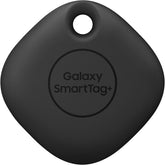
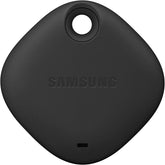




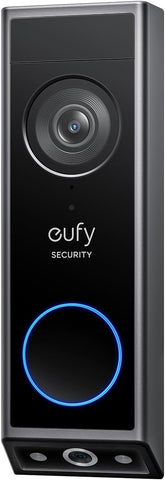



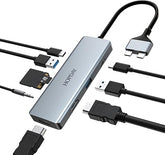

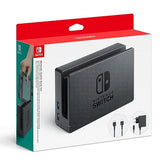
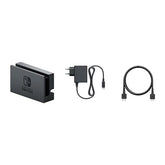
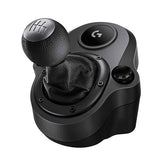
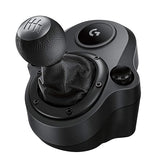




![["B0B1L87TMY"]](http://smarttechshopping.com/cdn/shop/products/7110BNil-dL._AC_SL1500_165x.jpg?v=1695449139)

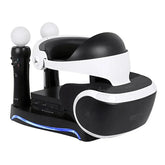





Leave a comment
Please note, comments need to be approved before they are published.